Internal Combustion Engine Blades
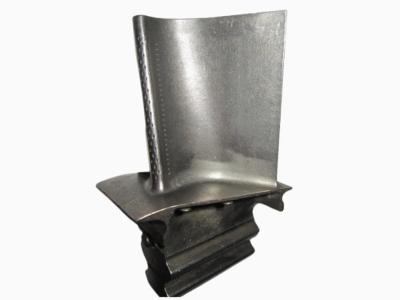


| Product name: | Internal Combustion Engine Blades |
| Keywords: | Internal Combustion Engine Blades, Internal Combustion Engine Blade Applications, Cast Internal Combustion Engine Blades |
| Industry: | Mechanical and electrical - Internal combustion engine industry |
| Process: | Casting - Precision casting |
| Material: | Alloy steel |
Processing manufacturer
- There are 30 manufacturers that provide similar products
- There are 133 manufacturers that provide this processing technology
- There are 113 manufacturers that provide this material processing service
- There are 115 manufacturers that provide this industry processing service
Product details
Internal combustion engine blades typically have complex curved shapes to accommodate airflow characteristics. Their profile may be approximately trapezoidal, gradually widening from the inner diameter to the outer diameter and curving inward, with the outlet edge possibly being a convex arc. In internal combustion engines, internal combustion engine blades work by interacting with the airflow, using high-temperature, high-pressure gas to drive the blades to rotate, converting thermal energy into mechanical energy. Cooling fan blades, on the other hand, promote airflow through rotation, dissipating heat for the internal combustion engine.
Internal combustion engine blades are often manufactured using processes such as precision casting, with high requirements for dimensional accuracy. It is necessary to control the blade profile and channel contour to ensure blade performance and the accuracy of fit with other components.
Internal combustion engine blades are often manufactured using processes such as precision casting, with high requirements for dimensional accuracy. It is necessary to control the blade profile and channel contour to ensure blade performance and the accuracy of fit with other components.
Previous article : Tube Axial Fan Matching Flange
Similar products
More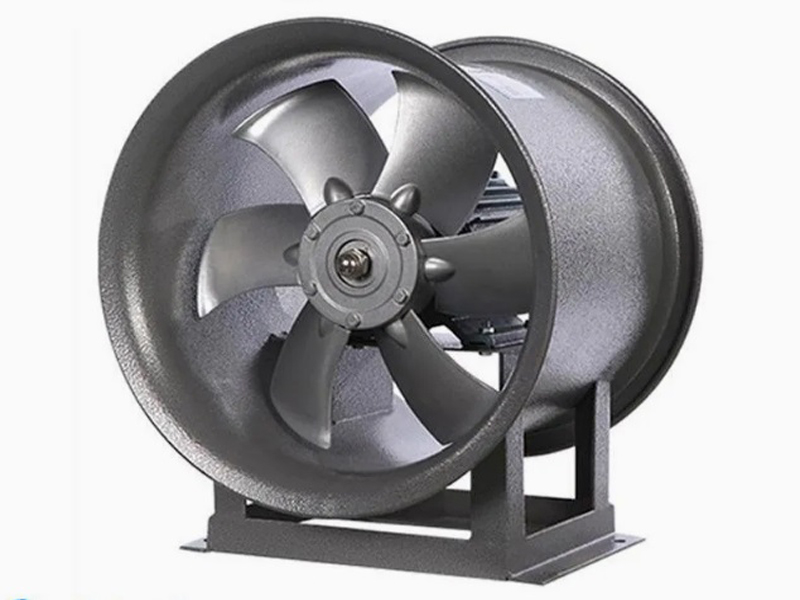
What are the machining processes used for processing axial fan housings
- Process : Sheet metal - Welding
- Material : Carbon steel

Precision Machining of U-Steel Profiles for Building Applications
- Process : Stamping - General stamping
- Material : Aluminum

Machining Process Analysis of Carbon Steel Fixed Anchor Plates
- Process : Machining - CNC milling or milling machining
- Material : Carbon steel
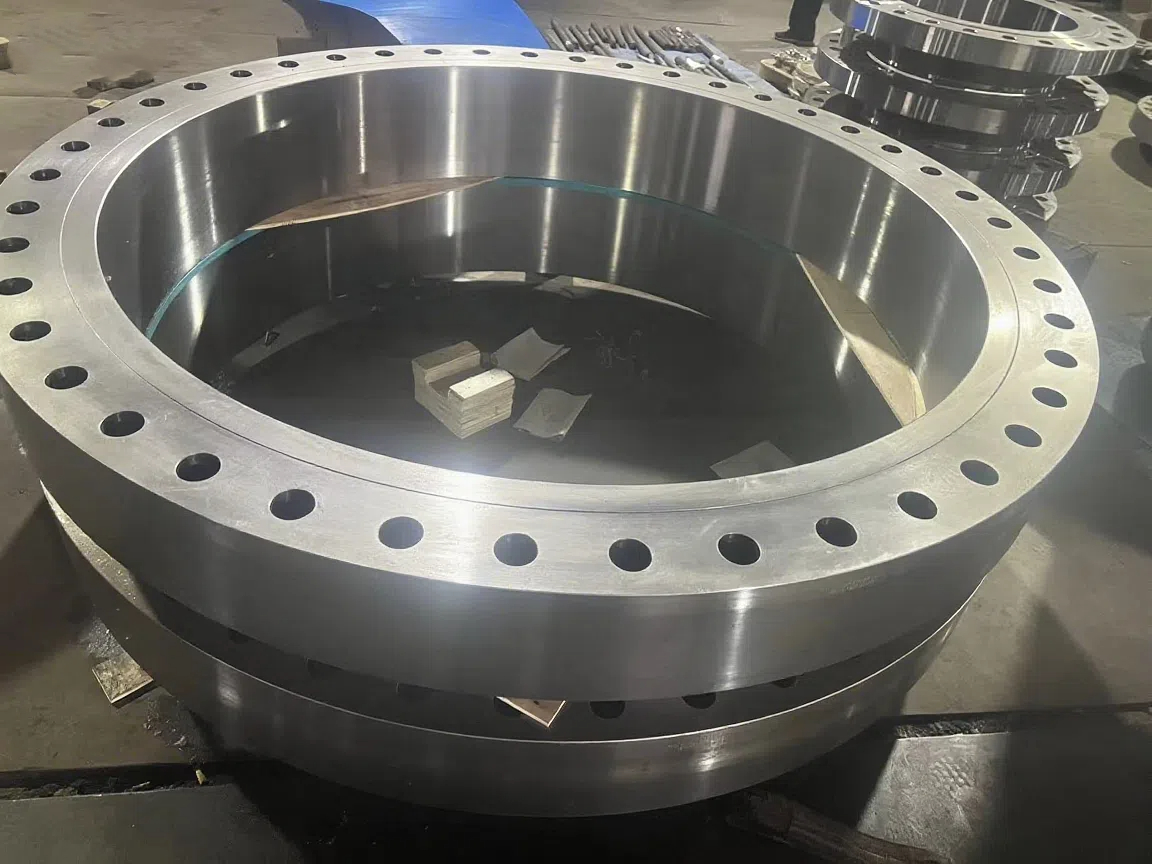
Heavy-Walled Flange Milling-Turning Machining and Flaw Detection
- Process : Machining - Turning Milling compound
- Material : Alloy steel
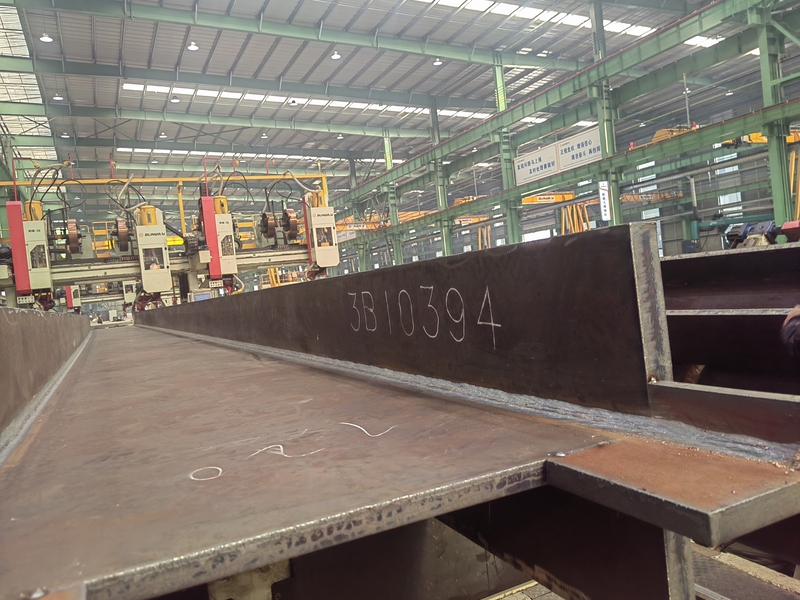
Custom Fabrication of S355JR Welded H-Beams for Construction Projects
- Process : Sheet metal - Welding
- Material : Carbon steel

Drill Stabilizers Applied in Oil Drilling Platforms
- Process : Machining - Five-axis machining
- Material : Alloy steel
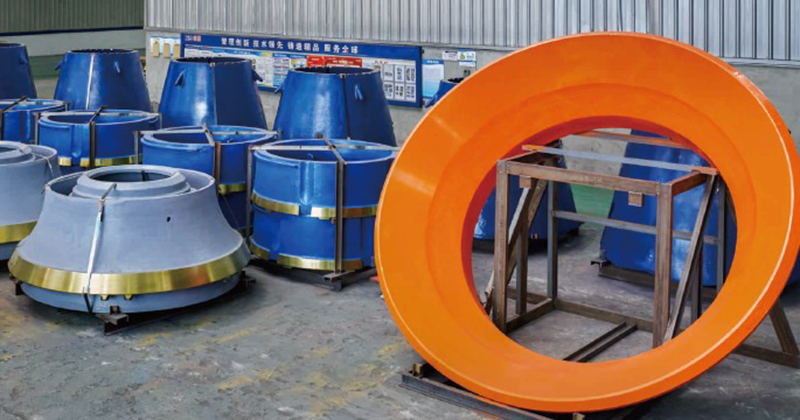
Cone Crusher Mantle
- Process : -
- Material :
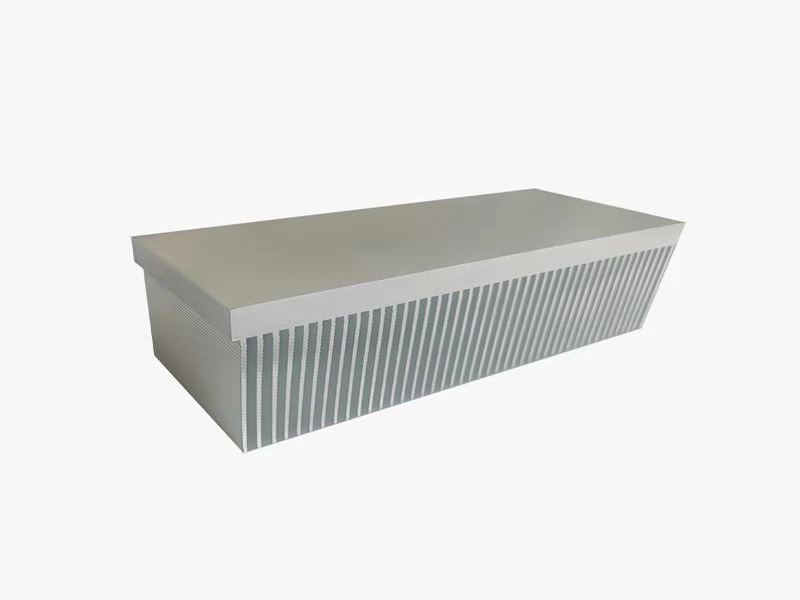
Innovative skiving technology: Breaking through the bottleneck of high-density heat dissipation technology
- Process : Surface treatment - Others
- Material : Alloy steel
More products
More
What are the machining processes used for processing axial fan housings
- Process : Sheet metal - Welding
- Material : Carbon steel

Precision Machining of U-Steel Profiles for Building Applications
- Process : Stamping - General stamping
- Material : Aluminum

Machining Process Analysis of Carbon Steel Fixed Anchor Plates
- Process : Machining - CNC milling or milling machining
- Material : Carbon steel

Heavy-Walled Flange Milling-Turning Machining and Flaw Detection
- Process : Machining - Turning Milling compound
- Material : Alloy steel

Custom Fabrication of S355JR Welded H-Beams for Construction Projects
- Process : Sheet metal - Welding
- Material : Carbon steel

Drill Stabilizers Applied in Oil Drilling Platforms
- Process : Machining - Five-axis machining
- Material : Alloy steel

Cone Crusher Mantle
- Process : -
- Material :

Innovative skiving technology: Breaking through the bottleneck of high-density heat dissipation technology
- Process : Surface treatment - Others
- Material : Alloy steel